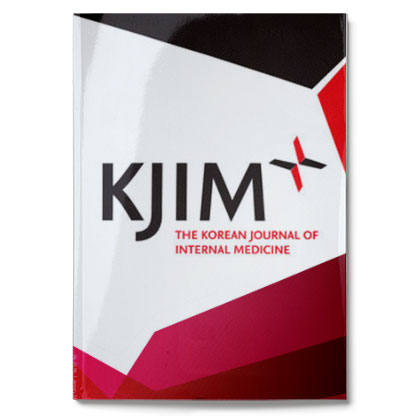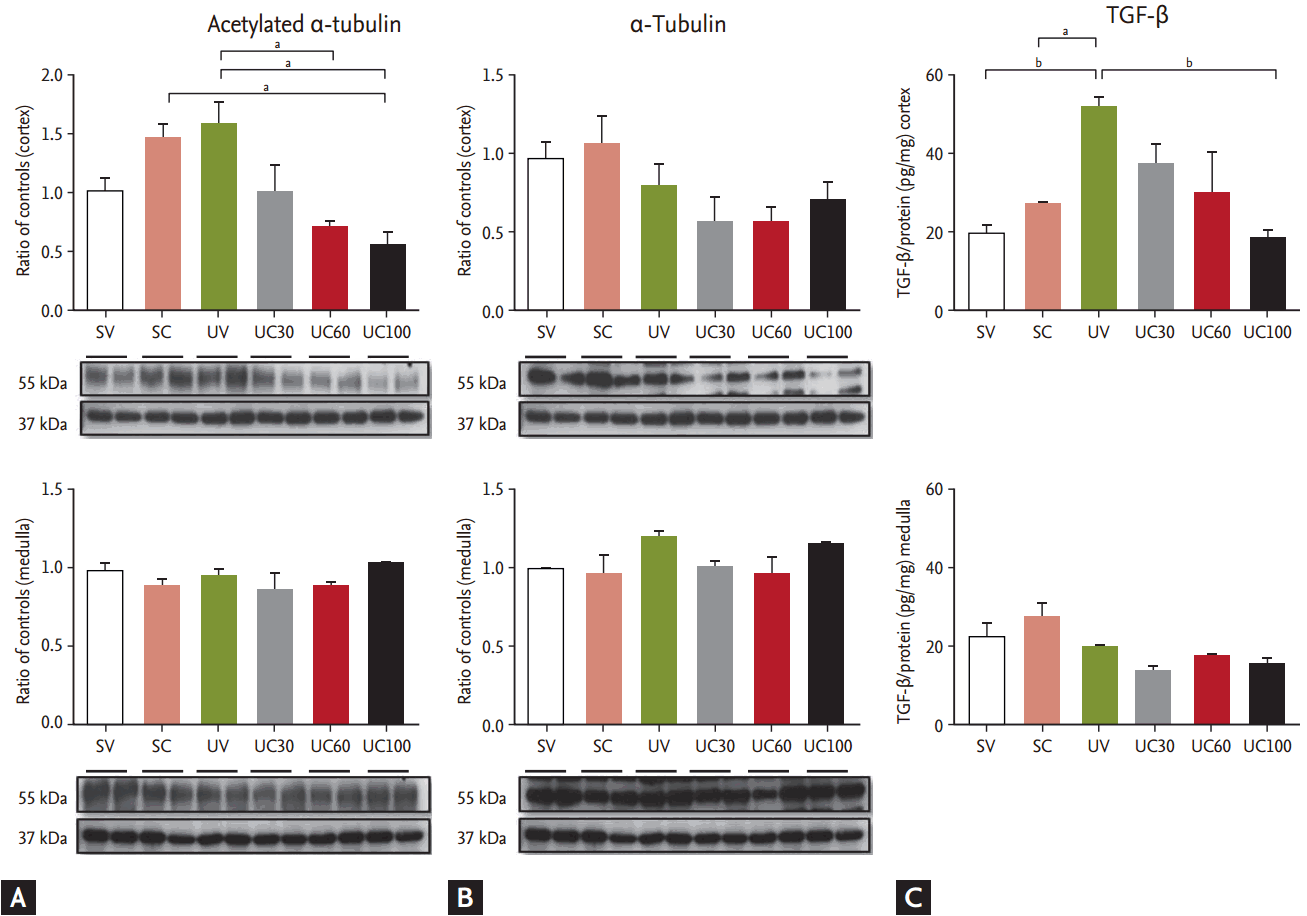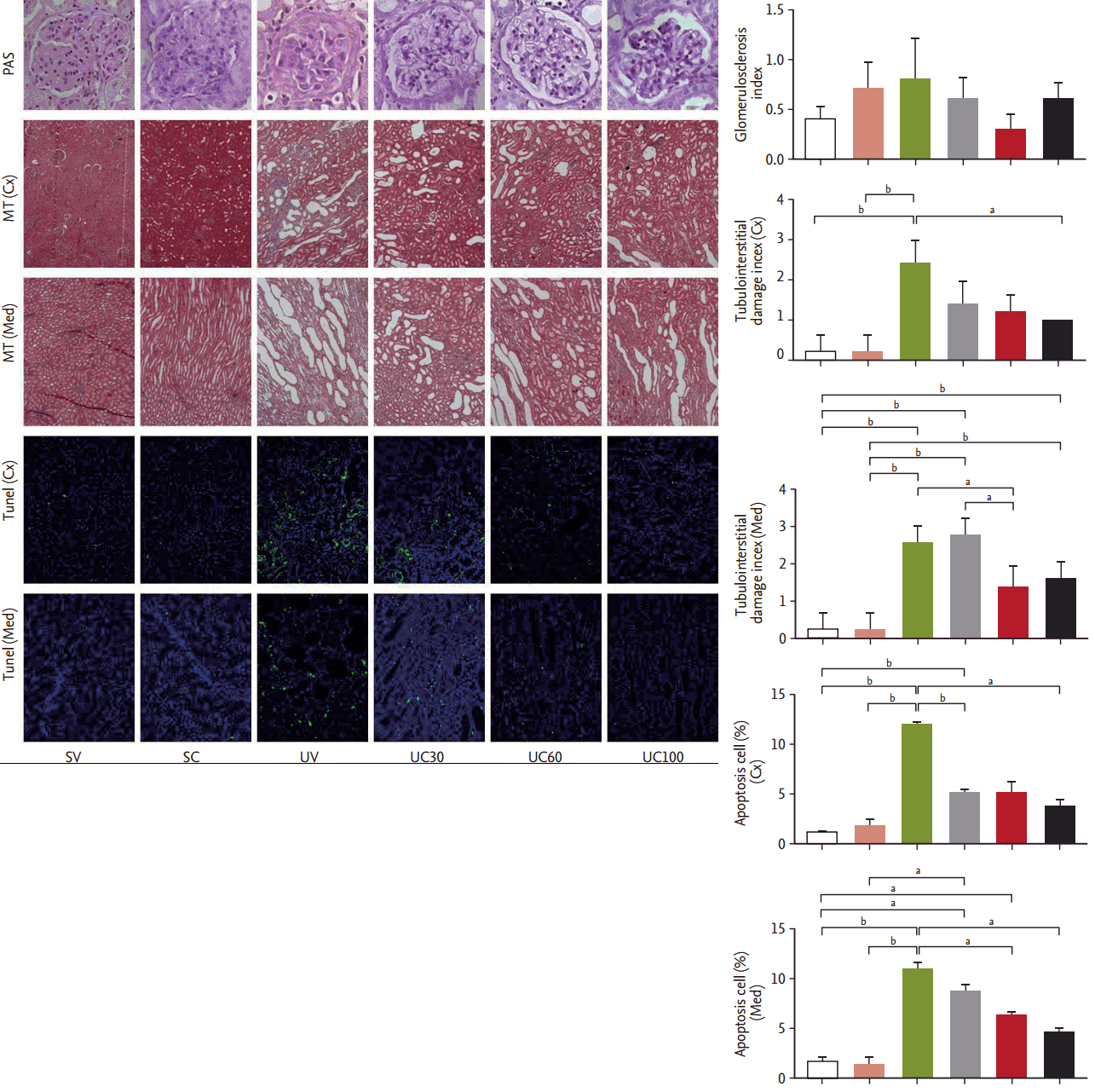
Kim S1,2, Jung ES1, Lee J3, Heo NJ1,4, Na KY1,2, Han JS1.
Korean J Intern Med. 2017 Mar 18. doi: 10.3904/kjim.2016.131. [Epub ahead of print]
DOI: 10.3904/kjim.2016.131
Колхицин может препятствовать прогрессированию заболеваний почек за счет своего антифиброзирующего и антиапоптотического действия.
ПРЕДПОСЫЛКИ/ЦЕЛИ
Колхицин — известный препарат для стабилизации микротрубочек, используемый для снижения степени повреждения тканей. Подтверждения, что это эффект зависит от дозы, нет. Мы изучили антифиброзное и апоптозное действие различных доз колхицина на модели односторонней обструкции мочеточника (ООМ).
МЕТОДЫ
Тридцать шесть крыс Sprague-Dawley случайным образом разделили на шесть групп. Две группы, прошедшие имитацию обструкции мочеточника, получали плацебо или колхицин (100 мкг/кг/сут). Четыре группы ООМ получали плацебо или три различные дозы колхицина (30, 60 и 1000 мкг/кг/сут) в течение 7 дней. На 7-й день всех животных умертвили.
РЕЗУЛЬТАТЫ
За 7 дней колхицин снижал иммунореактивность ацетилированного α-тубулина и фактора роста опухоли-β в кортикальном веществе почек с обструкцией в зависимой от дозы степени. Колхицин уменьшал степень тубулоинтестициального повреждения и апоптоза и в кортикальном и медуллярном слоях; выраженность положительного эффекта была пропорциональна дозе препарата. У животных ООМ была понижена экспрессия расщепленной каспазы-3, ED-1 и фибронектина.
ВЫВОДЫ
Было показано, что правильно подобранная доза колхицина может оказывать антифиброзирующее и антиапоптотическое действие при обструкции мочеточника. Для применения колхицина с целью предотвращения прогрессирования заболеваний почек в клинической практике, ещё предстоит определить его оптимальную дозу.

Figure 1.
Comparison of (A) acetylated α-tubulin, (B) α-tubulin, and (C) tumor growth factor β (TGF-β) using colchicine treatment in ureteral obstructive kidneys. The expression of acetylated α-tubulin was increased in unilateral ureteral obstruction (UUO)-operated rats and was diminished in the cortical lesions of colchicine-treated UUO rats. The cortical expression of TGF-β was increased after UUO, and then gradually decreased during colchicine treatment. SV, sham-operated rats with vehicle; SC, sham-operated rats with colchicine treatment; UV, ureteral obstructive rats with vehicle; UC, ureteral obstructive rats with colchicine treatment. a p < 0.05, b p < 0.01.

Figure 2.
Pathologic findings in ureteral obstructive kidneys: glomerulosclerosis (periodic-acid Schiff [PAS] stain, ×400), tubulointerstitial damage (Masson’s-trichrome [MT] stain, ×100), and apoptosis (terminal deoxynucleotidyl transferase dUTP nick end labeling [TUNEL] stain, ×200). Tubulointerstitial damage and apoptosis were attenuated after colchicine treatment. Cx, cortical lesion; Med, medullary lesion; SV, sham-operated rats with vehicle; SC, sham-operated rats with colchicine treatment; UV, ureteral obstructive rats with vehicle; UC, ureteral obstructive rats with colchicine treatment. a p < 0.05, b p < 0.01.
![]()
Effects of colchicine on renal fibrosis and apoptosis in obstructed kidneys
BACKGROUND/AIMS
Colchicine is an established drug for microtubule stabilization that may reduce tissue injury. No data were available that its effects may depend on the dosage of colchicine. We investigated the anti-fibrotic and apoptotic effects of various dose of colchicine in a unilateral ureteral obstruction (UUO) model.
METHODS
Thirty-six Sprague-Dawley rats were randomly assigned into six groups. Two sham groups were divided into a vehicle-treated or colchicine-treated group (100 μg/kg/day). Four UUO groups were treated with either vehicle or three different doses of colchicine for 7 days (30, 60, and 100 μg/kg/day, intraperitoneally). All of the animals were sacrificed on day 7.
RESULTS
Colchicine treatment diminished acetylated α-tubulin and tumor growth factor-β immunoreactivities in the cortical area of the 7-day obstructed kidneys, which was in dose dependent manner. Colchicine attenuated tubulointerstitial damage and apoptosis in both cortical and medullary area, and beneficial effects of colchicine therapy were dramatically shown at the higher dosage of colchicine. The expression levels of cleaved caspase-3, ED-1, and fibronectin were decreased in UUO animals.
CONCLUSIONS
We found that the proper dosage of colchicine may have anti-fibrotic and anti-apoptotic effects in obstructed kidneys. For clinical applications, an optimal dose of colchicine should be evaluated to maximize the prevention of renal disease progression.
KEYWORDS
Colchicine; Kidney; Microtubules; Ureteral obstruction
